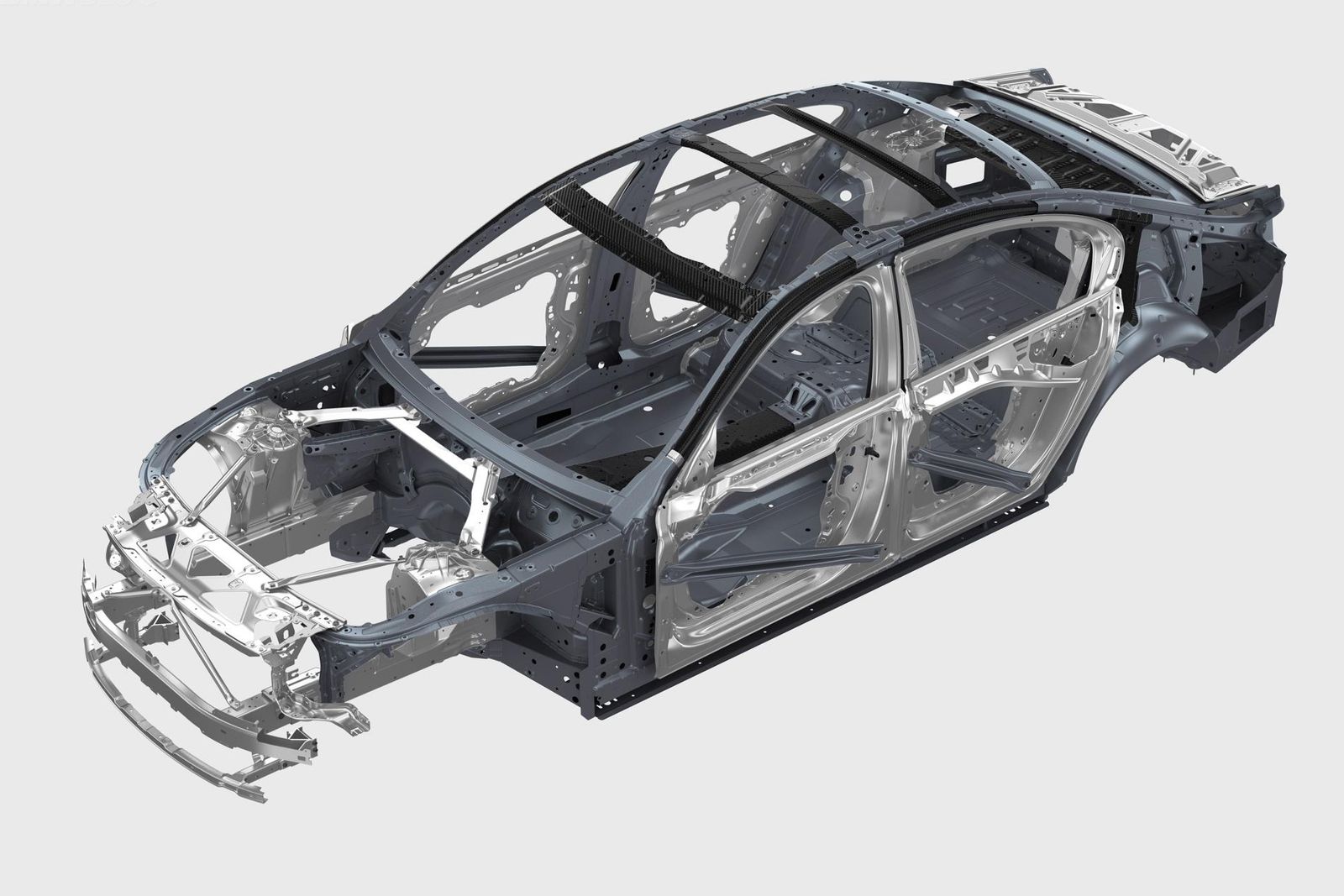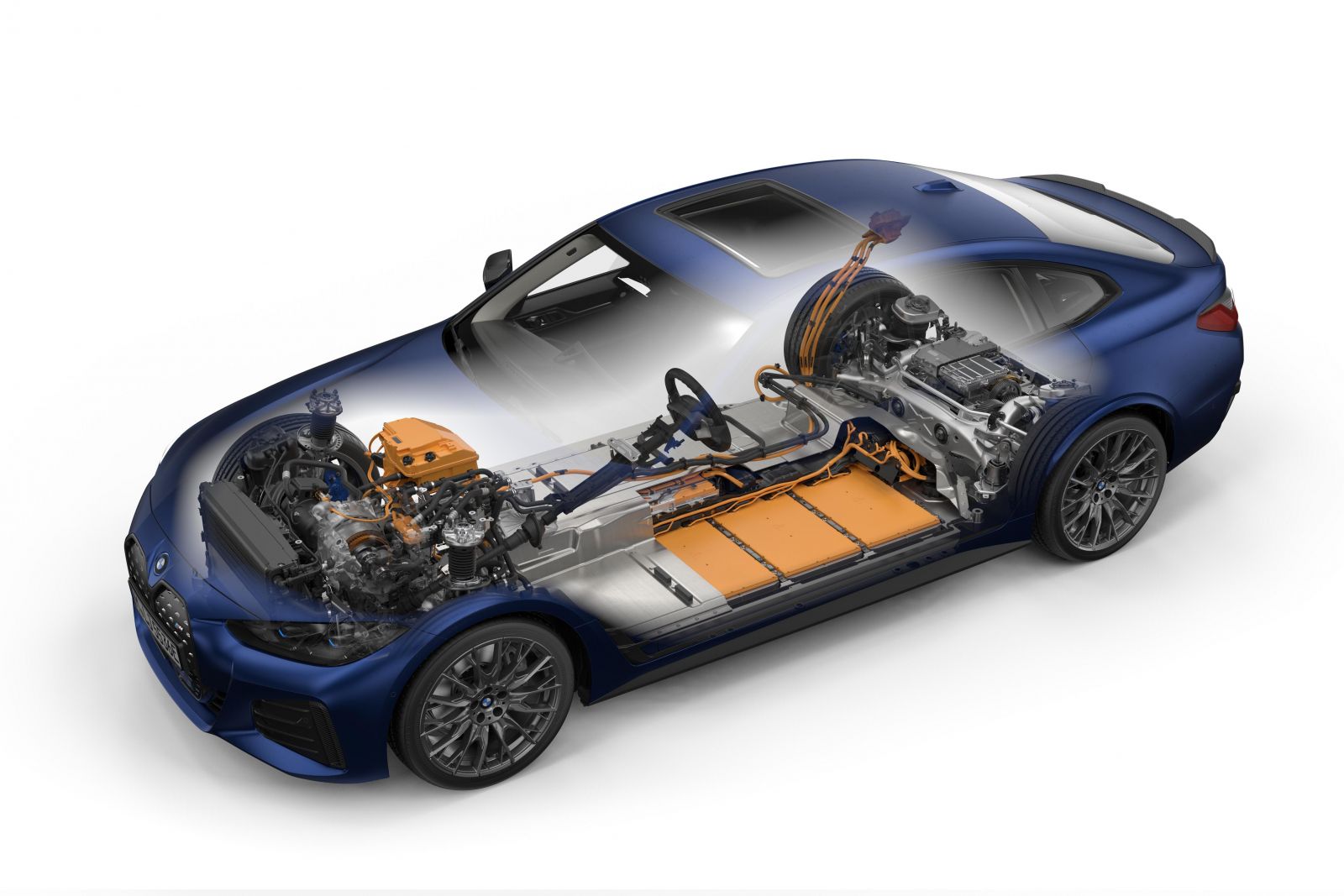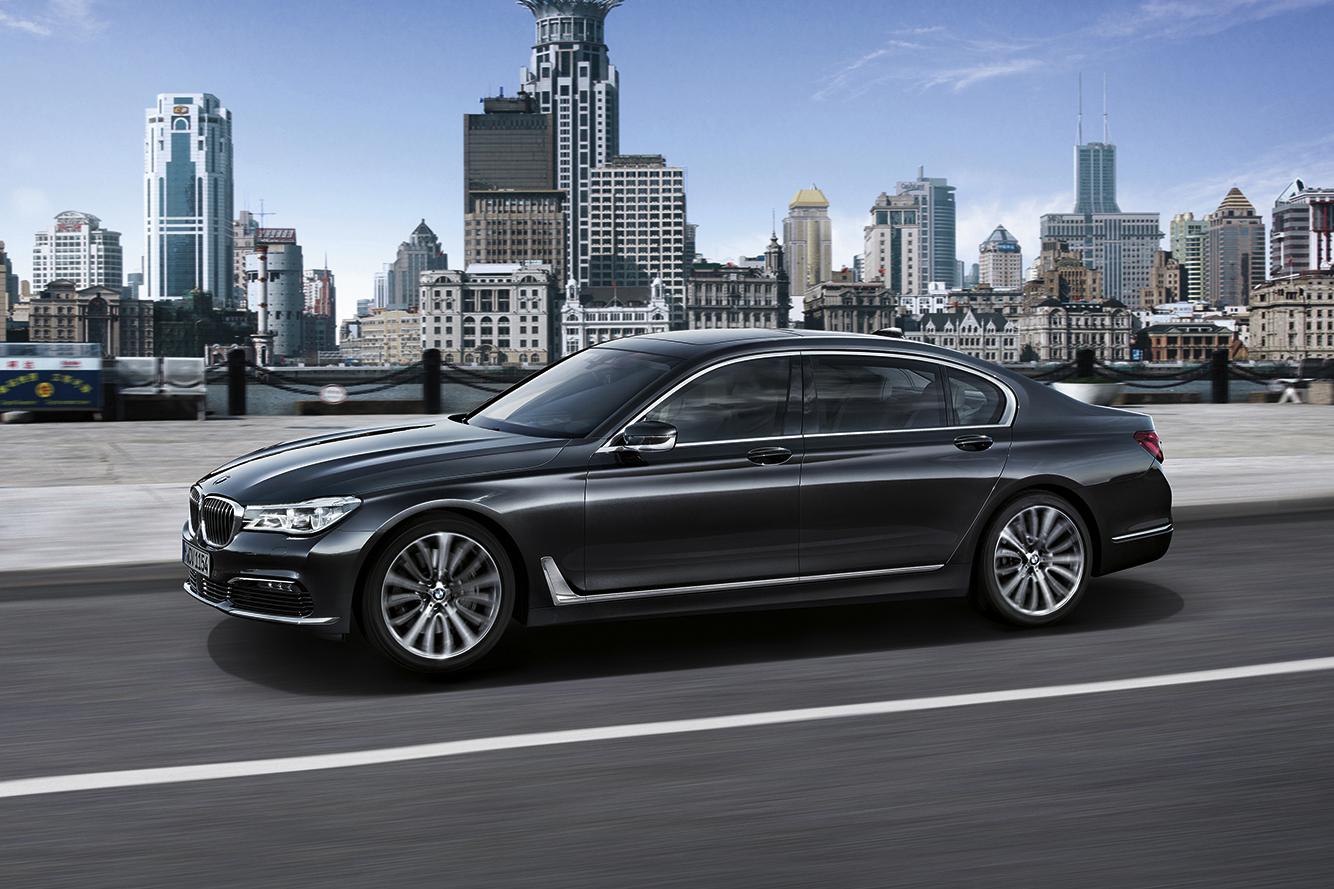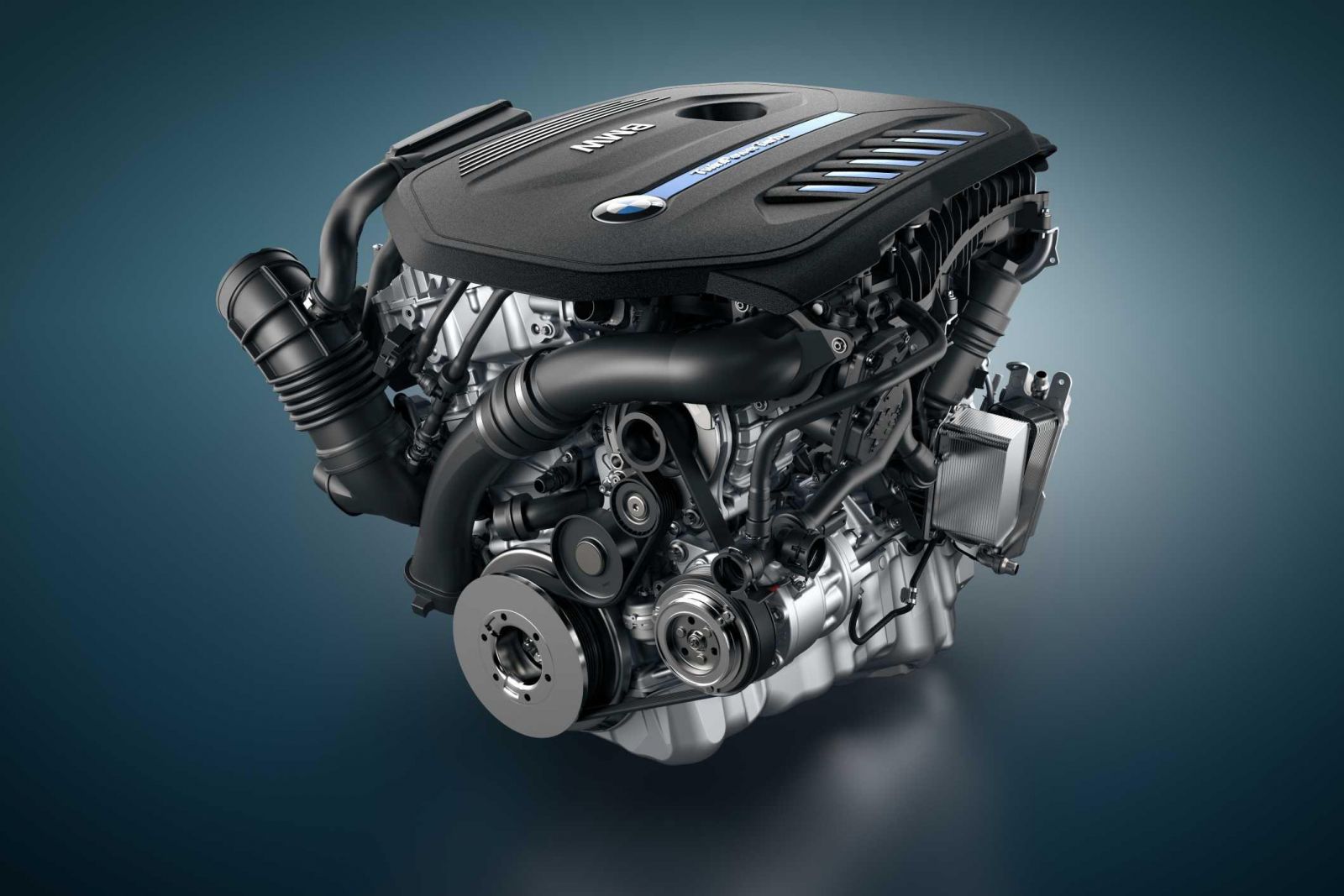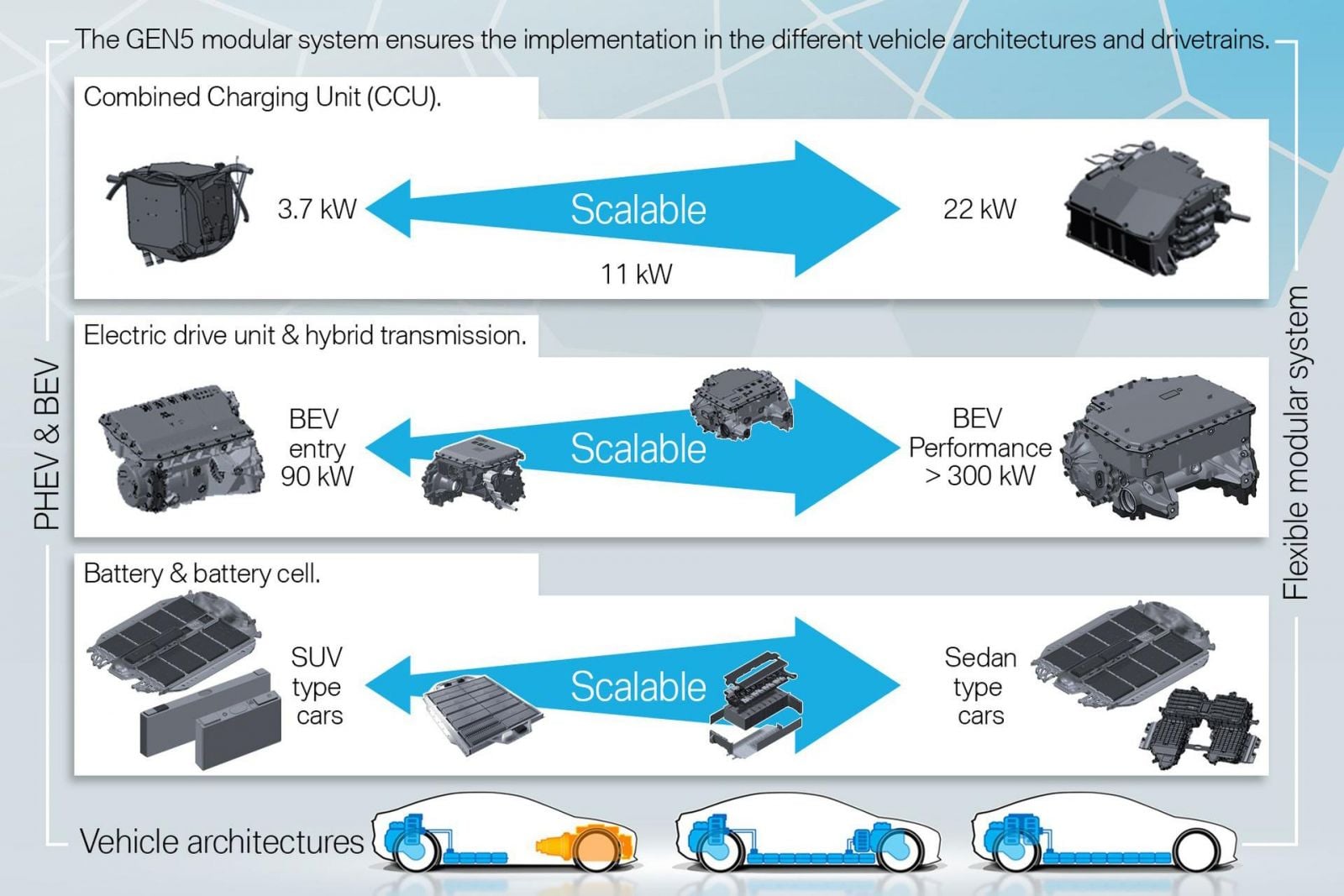Like many carmakers, BMW has committed to electrifying a significant aspect of its product portfolio in the next 10-15 years.
But BMW has only committed to ensuring 50 per cent of its vehicle sales are fully electric by 2030, even as Mercedes-Benz says it’ll only sell EVs by 2030 – at least where market conditions allow, giving them an out in markets that don’t have the necessary infrastructure.
Likewise, Audi says it’ll cease producing internal combustion engines by 2033 as part of its Vorsprung 2030 strategy, though it may continue to offer them in China beyond this date.
Other premium brands like Volvo and Cadillac have set firm 2030 cut-offs for combustion power, which makes BMW appear even more conservative.
BMW’s decisions around electrification are part of its broader ‘Power of Choice’ strategy, where the Bavarian brand has committed to introducing electrified versions of every model line in its range, while also retaining combustion-powered alternatives.
The company argues that, as multiple powertrain solutions will continue to co-exist in the foreseeable future, it is prudent to allow customers to choose the option that best suits their needs.
One of the ways in which BMW supports power of choice efficiently is through its CLAR platform architecture. Short for Cluster Architecture, BMW designed this platform to support combustion engines (including mild-hybrid), plug-in hybrid and full battery electric powertrains, and intends to use it for all rear and all-wheel-drive drivetrains.
Practically, this means that all new BMWs from the 2 Series Coupé upwards make use of the CLAR platform. Meanwhile, smaller front-wheel drive BMWs, including the 1 Series hatch, and X1 and X2, use the UKL (Untere Klasse or ‘lower class’) platform and its derivatives.
The iX is one exception to this rule, with BMW claiming that it is built on a bespoke electric platform, that nevertheless remains highly compatible with CLAR.
But even as BMW avoids setting an end date for combustion engines, it’s readying a next-generation “electric-first” architecture to succeed CLAR.
Brief history
The first model in the BMW lineup to transition to the CLAR platform was the flagship G11 7 Series sedan, which launched in 2015.
Previously known as ‘35up’ before being renamed to CLAR, this generation of 7 Series featured a ‘carbon core’ body constructed from a combination of carbon-fibre, aluminium and steel, with the Bavarian brand claiming that this construction allowed for a lightweight yet highly rigid structure.
In some ways, BMW’s CLAR shares some similarities to the CMF (Common Module Family) architecture of the Renault-Nissan-Mitsubishi Alliance. Rather than a universal chassis that is extensible between certain hardpoints, BMW refers to clusters.
Each of these clusters acts as a sub-module that contains a collection of parts, which, in turn, can be adjusted more extensively to suit the vehicle being designed.
CLAR also allows for greater flexibility in the materials used to build a car, with combinations involving steel, aluminium and carbon-fibre (as hinted at by the 7 Series above) all possible.
Although cheaper models in the BMW lineup did not use the same carbon core construction that the 7 Series did, the nature of CLAR has allowed BMW to roll it out relatively quickly across the majority of the model range, with new generations of other models transitioning to it between 2016 (G30 5 Series sedan) and 2021 (G42 2 Series coupé).
Power of choice
Flexibility of powertrain is a key benefit of BMW’s CLAR. To streamline production further, for combustion engines BMW has correspondingly developed a modular engine family, where each cylinder/piston combination has a displacement of 500cc, across a range of inline three, four and six cylinder engines.
This means the majority of BMWs sold with combustion engines today feature displacements of 1.5-litres (with the diesel variant denoted as B37, whilst its petrol counterpart is known as the B38), 2.0-litres (B47/B48) and 3.0-litres (B57/B58). BMW’s high-performance M Division, in turn, makes a special version of the B58 known as the S58, for use in models such as the latest M3 and M4 Competition.
One exception to this rule are BMW’s V8 engines, with the brand continuing to make a bespoke 4.4-litre S68 engine separate from this modular family, for use in models such as the new 760i xDrive and the X7 M60i.
With BMW’s fifth-generation eDrive powertrains, the brand also claims that key EV components that can be used with CLAR, such as motors, power electronics, batteries and associated parts, have also adopted a modular, scalable strategy, and have been packaged in a manner that allows them to be fitted across the CLAR lineup.
As an example, the fifth-generation eDrive ‘drive unit’ integrates the motor, transmission and system electronics within a single compact housing, and can be scaled to produce anywhere from 90kW of power to more than 300kW (as per vehicles such as the new BMW i4 M50).
The same scalable approach also applies with battery modules and packs, to eventually support vehicles with a claimed range of up to 700km.
A key benefit of BMW’s ability to integrate multiple powertrains into CLAR are the economies of scale and logistical benefits derived from using the same production line.
For example, the 4-Series Gran Coupé and the electric i4 can be built alongside each other, whilst the iX3 is similarly built alongside conventional X3 models in China (note that for the Australian market, the iX3 is sourced from China, whilst combustion-engined X3 models are sourced from South Africa or the US).
Developing electric vehicles from this base is considerably different to the more experimental, bespoke approach BMW took with the recently discontinued i3.
What’s next?
BMW models based on CLAR are likely to be in production beyond 2025 at minimum. However, BMW has announced that it will launch its next-generation ‘Neue Klasse’ architecture in the same year.
Named after the Neue Klasse models introduced during the 1960s (such as the 1600 sedan) that revived BMW’s fortunes, BMW originally designed Neue Klasse to also work with combustion engines, before changing course earlier this year and stating that initial models launched on this architecture would be battery-electric only.
Regardless, the Bavarian brand claims that Neue Klasse models will bring significant advances in everything from EV drivetrains to interior technology. BMW has confirmed that the first models to launch on this platform will be a BMW 3 Series-sized sedan and an X3-sized SUV.
The latest rumours suggest that Neue Klasse will also see BMW switching from prismatic cells, to ‘4680’ (46mm diameter and 80mm height) cylindrical cells as being tested by Tesla.


